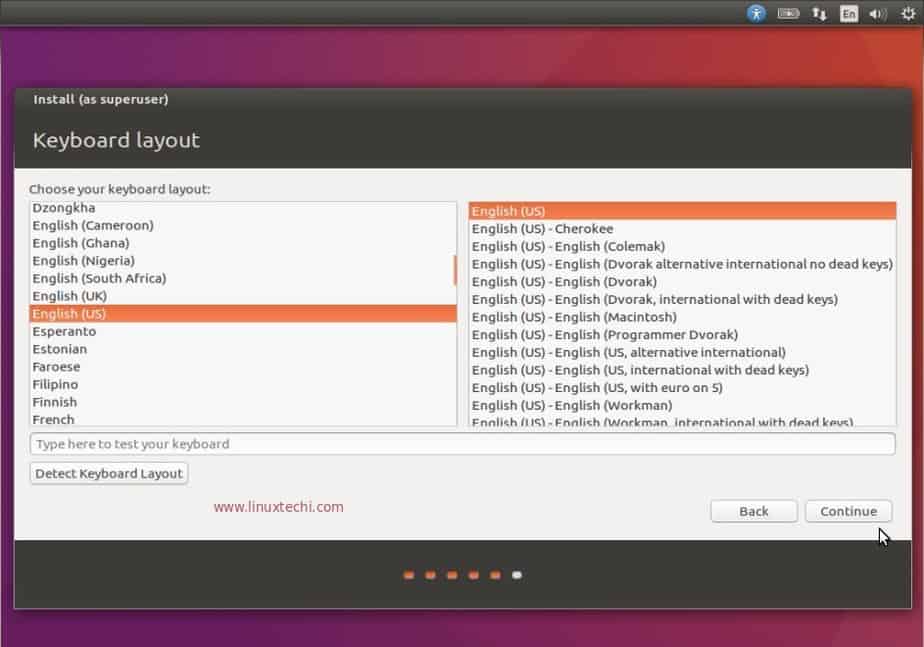How To Install Keyboard Layout In Ubuntu
. In order to install different languages that are to be used by the system, Lubuntu has the Ubuntu Default Language Manager.This should be easily accessed through the PreferencesLanguage Support.
Install modprobe usbserial. For some reason, this box does not seem to include usbserial and ftdisio modules by default. How to install them? I have verified that modules are really missing with lsmod. Also modprobe usbserial throws modprobe: FATAL: Module usbserial not found. (as it does with ftdisio too). Translation(s): English -?Italiano. The usbserial module is included with most Linux distributions. It is not usually loaded automatically, because it is only useful for testing. It only supports one vendor/product pair, so that its newid facility is not implemented. How to install module onto linux kernel 2.6.29. I plan to install module usbserial.ko into my linux kernel 2.6.29. Modprobe utility is used to add loadable modules to the Linux kernel. You can also view and remove modules using modprobe command. Linux maintains /lib/mod. USB-Serial Port adapter in Ubuntu Linux. Here’s how to enable USB-Serial port adapter in Ubuntu Linux (with credit to Freeman from RepRap forum) First plug in the USB-Serial Port adaptor to one of your USB port. Wait for a couple of second, then run “dmesg”. You should see these message at the end of dmesg output.


Check here to see if the application is installed. /usr/bin/gnome-language-selectorChosen LanguageRegional SupportIf you do not see nor can confirm the application is installed then open a terminal and install it by using the following command sudo apt-get install language-selector-gnomeOnce installed you will have access to all the major Language/Regional formatsThe maintainer is ubuntu-devel-discuss@lists.ubuntu.com.In order to chose between different types of keyboard for the same language -Be sure Keyboard Layout Handler is visible in the LXPanel. If not, right click on the lxpanel, 'Add/remove panel items' and add it. Then edit it.
If it is already visible, right click on it and select 'Keyboard Layout Handler' Settings.Then click 'Add'.Another alternative would be KDE sudo apt-get install language-selector-kdeI would advise you that this also brings a lot of other (maybe unwanted) dependencies.
There are many different keyboard layouts for different languages that come with Ubuntu. One language can have many different keyboard layouts. You can make your current keyboard behave like a keyboard with different layout, regardless of the letters and symbols printed on the keys.
